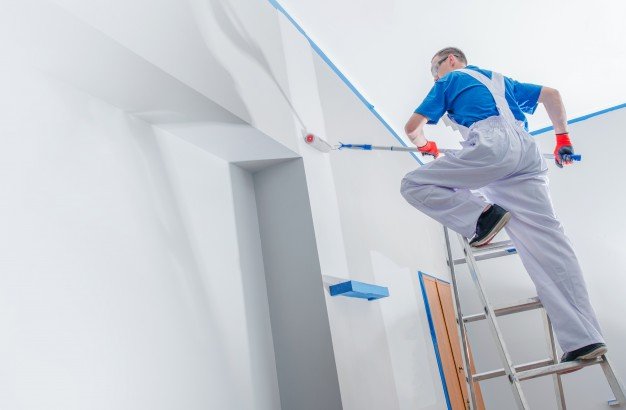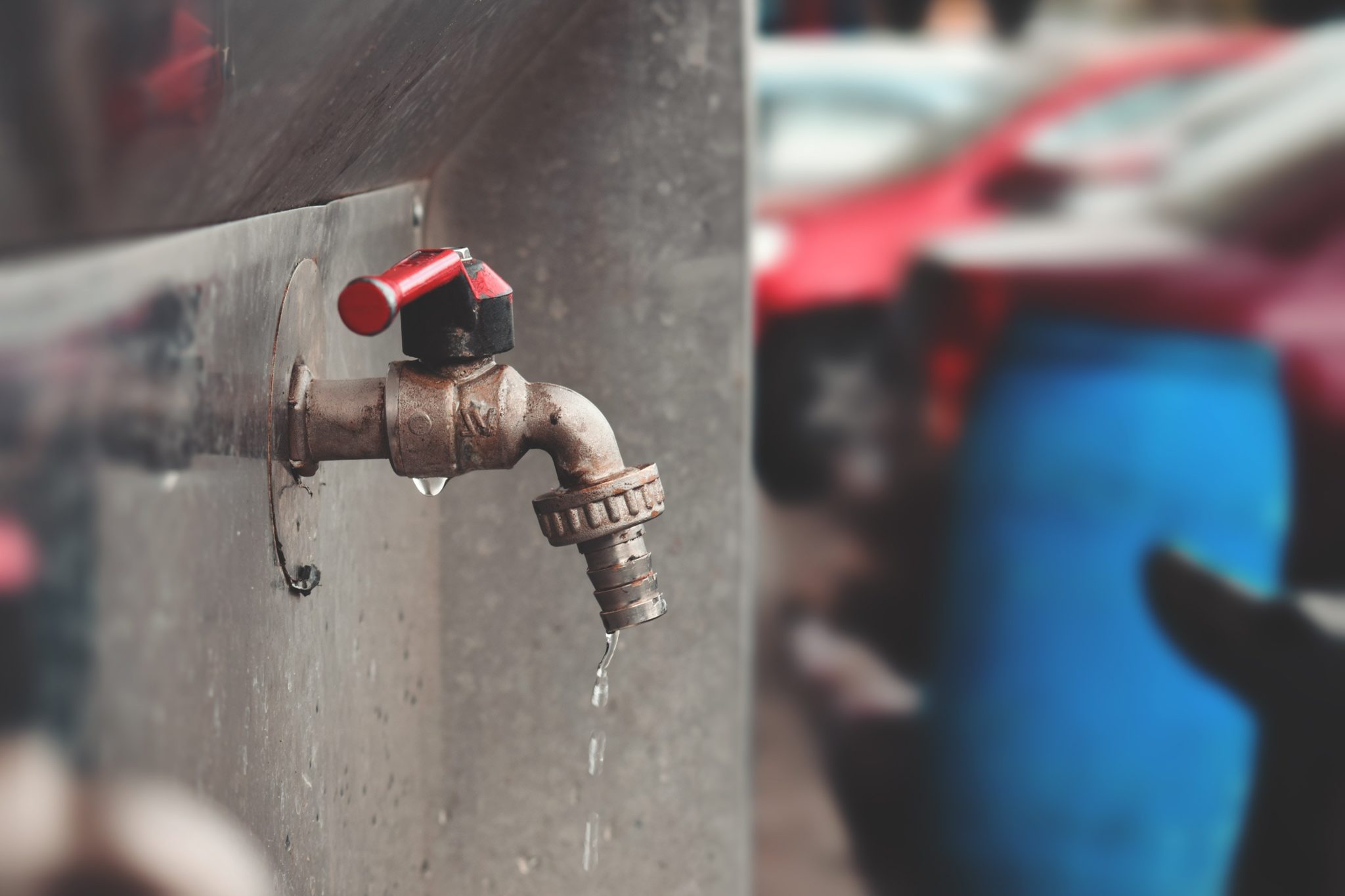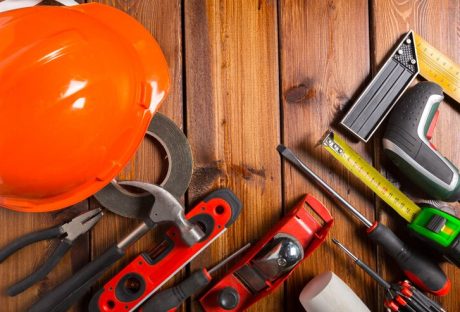So you want to downsize to a smaller apartment?
If you’re banging your head against the wall trying to figure out how to make a move go smoothly, you’re not alone. We’ve all been guilty of having too much stuff!
Give yourself a break and start thinking of solutions. Stay inspired by focusing on the many benefits of downsizing!
Moving into a smaller apartment gives you the chance to start over and get rid of things you no longer need. It can also help you to get organized and keep only the essentials.
Even better, you won’t have to clean nearly as much space and can live as a minimalist! That in itself has some serious perks. Your stuff won’t own you and you’ll have more time to enjoy life.
Do you see where we’re going with this?
Get ready, because, in this article, we offer seven expert hacks to help make the process of moving into a smaller apartment easier.
Here are 7 Expert Hacks for Downsizing to a Smaller Apartment:
1. Analyze the space you’ll have
It’s essential to know the total space of your new apartment before you start the downsizing process.
Take a look at your new floor plan and figure out how much room in feet and inches are on each wall. That way you’ll know what will fit in your apartment.
If the measurements aren’t on the floor plan, ask the leasing office to provide you with the details.
But, the floor plan or provided measurements won’t tell you everything. You need to measure the extra spaces as well:
- Closets
- Space under the bed (more on this later)
- Bathroom storage and cabinets
- Garage storage (if your apartment includes a separate garage)
- Kitchen storage and cabinets
- Other spaces where you might add shelving (like the top of the fridge or in a window)
When you’re done with that, measure your current furniture and decide which pieces will fit into your place and which ones you won’t need.
2. Determine your actual needs
An excellent way to figure out what your needs are is by asking yourself if everything was gone, what would you replace?
Jot down some necessary items you can’t live without such as a bed, sofa, coffeemaker, dog bed — whatever is important to you.
You should also ask yourself the following questions:
- What sentimental items will I miss the most?
- Does this item serve a purpose?
- Do I already have something that serves the same purpose?
- Can I use this item to accomplish more than one task?
- Is this object in good shape, and will it last for a while longer?
This is the point where you’ll be making some headway on knowing what you’re keeping and what you can live without.
If ever in doubt of whether you should keep or donate something, go back to asking yourself these questions.
3. Set some tangible goals
When it’s getting closer to moving time, you need to come up with a game plan.
Best get started with setting some goals before time escapes you!
We’re assuming you want to declutter and possibly redecorate your new place, and if that’s the case, it’s time to set some tangible goals.
Ask yourself these questions:
(Yes, we realize we’re telling you to do this yet again.)
- What do I hope to gain by adopting a minimalist lifestyle?
- Do I want to keep the furniture I have or get new furniture (#1 and #4 will help with this)
- How do I plan to declutter?
- How will I maximize my space? (Keep reading because we cover this in #4.)
- What will I do if I can’t decide to part with some items?
- Should I pay for storage elsewhere to store extra belongings?
Need some help answering those kinds of questions?
Here are some goals you could have:
- I want a clutter-free apartment that will give me peace.
- Not fixating on my possessions will help me feel free.
- I’d like to have a clean slate and keep my belongings organized moving forward.
- Being minimalistic will help me put emphasis on the most important emotional and physical items in my life.
Write down a few goals that inspire you so that when you feel like giving up, you’ll be able to remind yourself of your intentions.
4. Be a master organizer by maximizing space
Since you know how much space is in your apartment, as we recommended in #2, you should already have a plan in place as to where everything should go.
With the limited storage space in your new digs, it’ll help to store things vertically.
Vertically aligning hooks and shelves helps you take advantage of every square inch of space.
You might want to use adhesive hooks at first because most are easy to adjust.
We’ll be getting into how to simplify your wardrobe next, but for now, keep in mind that multi-use furniture can solve a lot of storage problems.
Keep reading because we’re about to reveal some killer ideas.
One idea is to maximize space by incorporating storage headboards. These are pieces of furniture such as bookshelves and a hutch that’ll fit over your bed.
Incorporating these types of units will make it easier to store a variety of items from family treasures to books and jewelry.
For example, incorporating a fitted unit in your closet can make it easier to organize.
Beyond that, think of other ways you can make use of storage. Is there any room underneath the bed you’ll be moving into your fancy new apartment?
If there isn’t and you need an upgrade, buy a bed that has drawers underneath. Trust us — those drawers will be your best friend when you need to store extra items of clothing such as blankets or sweatshirts.
Keep your bed if you like it, and it just so happens that you may be able to squeeze in some bins underneath to use as storage. For example, milk crates work well when you want to store books, tee shirts, and keepsakes.
5. Simplify your wardrobe
Seriously, how do you go about simplifying your wardrobe with you have a gazillion t-shirts?
If you think your new closet is small, just think about the people who live in tiny homes. Now those are super tiny!
Don’t worry; you can do this if they can!
Here are some steps to follow that’ll make your wardrobe functional in no time at all.
Step 1: Get all of your clothing out (ALL of it!) and put it somewhere you can sort through it. Whether that’s on the floor or on your bed is entirely up to you.
Step 2: Next, divide those clothes into three different piles and decide to donate, keep, or store them.
Step 3: Ask yourself if the clothing fits you or if it’s still in wearable condition. If you haven’t worn jeans, for example, due to a weight gain or loss, donate or store those items.
Don’t keep clothing that’s falling apart. That’s just a waste of precious closet space!
Step 4: Are you done going through your clothing and separating them into three different piles?
Okay good, you’re going to do it again. This time ask yourself if this clothing fits your personality and your current lifestyle.
Step 5: Mission complete! Well, almost. Organize the clothes you’re keeping, store what you plan to wear later (such as seasonal clothing), and drop off clothes you’re donating.
6. Sell or donate what you don’t want
Now that you know how much space you have, and how to simplify your wardrobe, let’s dive into why it’s so essential to sell or donate belongings. It’s time to stop and figure out which items you can and can’t part with.
As you know, whether you’re moving to a different city or relocating to a separate apartment at the same complex, moving takes a lot of work.
You should do everything in your power to simplify the moving process.
Eager to make some money to help with moving expenses?
One way to do that is by selling belongings and furniture you no longer want.
Try Craigslist, eBay, garage sales, Facebook, consignment stores, and more.
Before you even start packing, you should sell, donate, or recycle stuff you can live without. This will eliminate packing everything up only to decide later that you didn’t need that item of clothing or five extra plates.
If you have problems deciding whether you want to keep, sell, or donate an item, take a hard look at everything you own.
Think about whether another person would find use out of that item.
If the item is useful, you can either donate it or sell it, depending on its value.
Who knows, your trash may turn into someone else’s treasure.
7. Digitize nonessential media
Next let’s dive into how you can digitize and save documents, pictures, videos, cassettes, videos, DVDs, and CDs.
While it’s important to keep hard copies of documents such as your social security card and birth certificate, try to save and scan everything else.
Transfer CDs and DVDs to digital files by using free computer programs such as Freemake Video Converter, Movavi, and WinX.
Scan documents to your computer or save them as PDF files. After you’re done scanning everything, use services like Google Drive, Dropbox, and Microsoft One Drive.
Online storage sites are lifesavers when your goal is to digitize media.
Think of all of the space you’ll free up in your new apartment by getting rid of boxes of videos, paper, and more by going paperless!
It’ll take some time, but it’ll totally be worth it. And boom! Suddenly you’ll realize you’re there.
So, do you think it’s time to move? Even though downsizing may seem daunting, it doesn’t have to be. Moving to a smaller apartment has its perks, such as decluttering your life and organizing your new place with fewer belongings.
Simply put, downsizing to a smaller apartment means:
- Enjoying lower monthly expenses and living costs
- Not having to clean nearly as much since your place is smaller
- Living a minimalist lifestyle without meaningless belongings getting in your way
Instead of sweating the small stuff, take the moving process step by step. Before you know it, you’ll be enjoying your new digs, relieved that you took the time to eliminate the clutter.
Carolina Creek is a great townhouse-style community located about a mile from Eastern Carolina University’s campus. The community consists of 2×3 and 3×3 apartments and contains a full amenity suite including a fitness center, pool, business center, and game room. The community is the best value in the Greenville NC student housing market.
Read Also:























